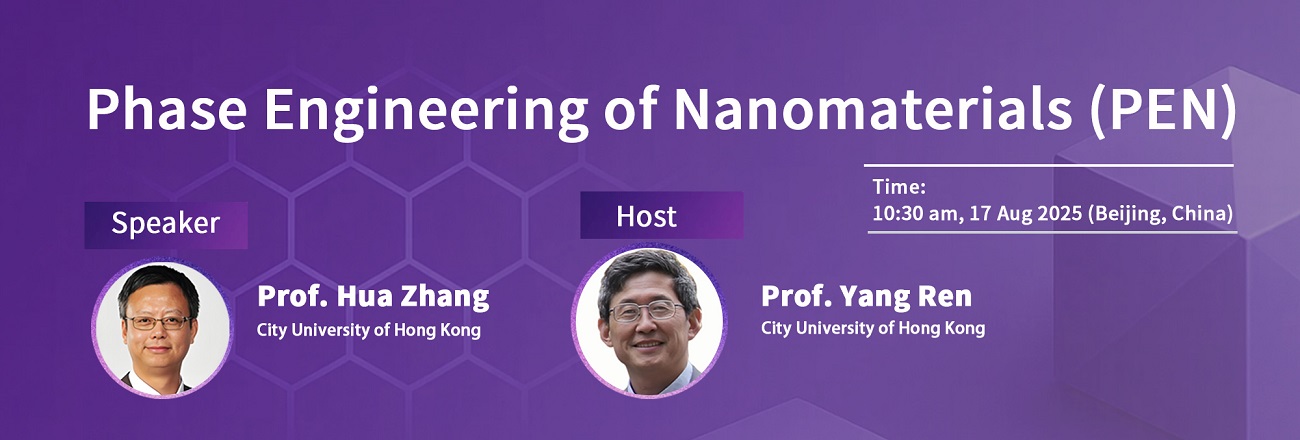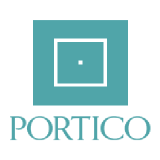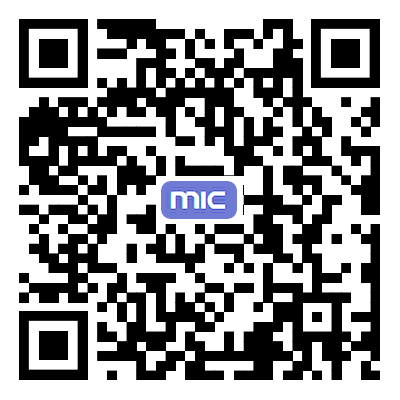Contents
Host
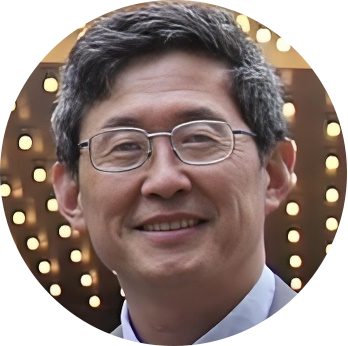
Prof. Yang Ren
Head and Chair Professor of Physics, Department of Physics, City University of Hong Kong, Hong Kong, China.
Prof. Yang Ren is also Director of the Hong Kong JC STEM Lab for "Energy and Materials Physics". Prior to joining CityU in 2021, he was a senior physicist at Argonne National Laboratory and a lead beamline scientist at the Advanced Photon Source.
He was awarded the Hong Kong Global STEM Professorship (2021), the Argonne National Laboratory Board of Governors' Distinguished Performance Award (2020), and the Gopal K. Shenoy Excellence in Beamline Science Award from the Advanced Photon Source (2020). He received his MSc in condensed matter physics from the Institute of Physics, Chinese Academy of Sciences, and his PhD in chemical physics from the University of Groningen, Netherlands.
Ren's research interests focus on phase transitions and the structure-property studies of correlated electron systems, engineered materials, nanoparticles and nanocomposites, and energy storage and conversion materials. He utilises synchrotron X-ray and neutron scattering alongside other techniques. He has published over 950 peer-reviewed articles in Nature, Science, Physical Review Letters and other prestigious journals. He is a Clarivate Highly Cited Researcher (2022, 2023).
He was awarded the Hong Kong Global STEM Professorship (2021), the Argonne National Laboratory Board of Governors' Distinguished Performance Award (2020), and the Gopal K. Shenoy Excellence in Beamline Science Award from the Advanced Photon Source (2020). He received his MSc in condensed matter physics from the Institute of Physics, Chinese Academy of Sciences, and his PhD in chemical physics from the University of Groningen, Netherlands.
Ren's research interests focus on phase transitions and the structure-property studies of correlated electron systems, engineered materials, nanoparticles and nanocomposites, and energy storage and conversion materials. He utilises synchrotron X-ray and neutron scattering alongside other techniques. He has published over 950 peer-reviewed articles in Nature, Science, Physical Review Letters and other prestigious journals. He is a Clarivate Highly Cited Researcher (2022, 2023).
Speaker
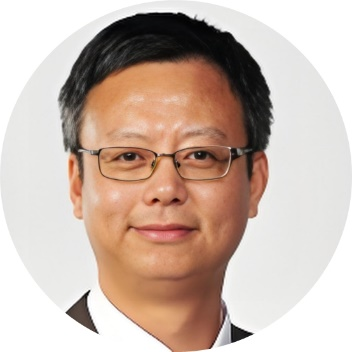
Prof. Hua Zhang
Department of Chemistry, Hong Kong Institute for Clean Energy (HKICE), Hong Kong Branch of National Precious Metals Material Engineering Research Center (NPMM), City University of Hong Kong, Hong Kong, China.
Prof. Hua Zhang, the Department of Chemistry at City University of Hong Kong as a Chair Professor, and currently he is the Herman Hu Chair Professor of Nanomaterials and the Director of the Hong Kong Institute for Clean Energy. His current research interests focus on phase engineering of nanomaterials (PEN) and controlled epitaxial growth of heterostructures, including the synthesis of ultrathin two-dimensional nanomaterials (e.g., metal nanosheets, graphene, metal dichalcogenides, metal-organic frameworks, covalent organic frameworks, etc.), novel metallic and semiconducting nanomaterials, novel amorphous nanomaterials, and their hybrid composites for various applications, such as catalysis, clean energy, (opto-)electronic devices, chemical and biosensors, and water remediation.
He has published 8 invited book chapters, over 100 patent applications, and over 600 papers. Some of his papers have been published in Nature, Science, etc. As at Aug. 2025, the total cited times are over 141,600 with an H-index of 188 (Web of Science), and over 161,700 with an H-index of 199 (Google Scholar). He has been invited to give more than 300 Plenary, Keynote or Invited Talks in international conferences, universities and institutes. He has organized several tens of international conferences and served as the Conference (Co-)Chair or Symposium Chair. He is the co-Editor-in-Chief of SmartMat (2020-) and co-Chairman of the Editorial Board of ChemNanoMat (2015-), and sits on the Advisory Board or Editorial Board of multiple international academic journals.
In 2020, he was elected as a Foreign Fellow of the European Academy of Sciences (EurASc). In 2015, he was elected as an Academician of the Asia Pacific Academy of Materials (APAM). In 2014, he was elected as a Fellow of the Royal Society of Chemistry (FRSC). He was listed in the "Highly Cited Researchers" in Materials Science (Clarivate Analytics/Thomson Reuters, 2014-2024 (11 consecutive years)), in Chemistry (Clarivate Analytics/Thomson Reuters, 2015-2024 (10 consecutive years)).
He has published 8 invited book chapters, over 100 patent applications, and over 600 papers. Some of his papers have been published in Nature, Science, etc. As at Aug. 2025, the total cited times are over 141,600 with an H-index of 188 (Web of Science), and over 161,700 with an H-index of 199 (Google Scholar). He has been invited to give more than 300 Plenary, Keynote or Invited Talks in international conferences, universities and institutes. He has organized several tens of international conferences and served as the Conference (Co-)Chair or Symposium Chair. He is the co-Editor-in-Chief of SmartMat (2020-) and co-Chairman of the Editorial Board of ChemNanoMat (2015-), and sits on the Advisory Board or Editorial Board of multiple international academic journals.
In 2020, he was elected as a Foreign Fellow of the European Academy of Sciences (EurASc). In 2015, he was elected as an Academician of the Asia Pacific Academy of Materials (APAM). In 2014, he was elected as a Fellow of the Royal Society of Chemistry (FRSC). He was listed in the "Highly Cited Researchers" in Materials Science (Clarivate Analytics/Thomson Reuters, 2014-2024 (11 consecutive years)), in Chemistry (Clarivate Analytics/Thomson Reuters, 2015-2024 (10 consecutive years)).
Abstract
In this talk, I will summarize the recent research on phase engineering of nanomaterials (PEN) in my group, particularly focusing on the rational design and synthesis of novel nanomaterials with unconventional phases for various promising applications. For example, by using wet-chemical methods, for the first time, we have successfully prepared novel Au nanostructures (e.g., the hexagonal-close packed (hcp) 2H-Au nanosheets, 4H-Au nanoribbons, and 4H/fcc and fcc/2H/fcc heterophase Au nanorods), epitaxially grown metal nanostructures on the aforementioned unconventional Au nanostructures and 2H-Pd nanoparticles, and amorphous/crystalline heterophase Pd, PdCu, Rh and Rh alloy nanosheets. By using gas-solid reactions, metastable 1T'-phase group VI transition metal dichalcogenides (TMDs), e.g., WS2, WSe2, MoS2, MoSe2, WS2xSe2(1-x) and MoS2xSe2(1-x), have been prepared. Impressively, the 1T'-MoS2-supported single-atomically dispersed Pt (s-Pt) atoms with Pt loading up to 10 wt% exhibit superior performance in hydrogen evolution reaction. Importantly, 1T'-TMD monolayers can be stabilized on 4H-Au nanowires, which have been used for ultrasensitive SERS detection. Moreover, the salt-assisted 2H-to-1T' phase transformation of TMDs have been achieved, and the phase transformation of TMDs during our developed electrochemical Li-intercalation process has been observed. Impressively, the lithiation-induced amorphization of Pd3P2S8 has been achieved. Currently, my group focuses on the investigation of (crystal) phase-dependent physicochemical properties, functions and applications in catalysis, (opto-)electronic devices, clean energy, chemical and biosensors, surface enhanced Raman scattering, photothermal therapy, etc., which we believe are quite unique and very important not only in fundamental studies, but also in future practical applications. Importantly, the concepts of phase engineering of nanomaterials (PEN), crystal-phase heterostructures, and heterophase materials are proposed.
Keywords: Phase engineering of nanomaterials (PEN); Noble metal nanomaterials; Transition metal dichalcogenides; Crystal phases; Unconventional phases; Amorphous phase; Crystal-phase heterostructures; Heterophase nanomaterials
Keywords: Phase engineering of nanomaterials (PEN); Noble metal nanomaterials; Transition metal dichalcogenides; Crystal phases; Unconventional phases; Amorphous phase; Crystal-phase heterostructures; Heterophase nanomaterials





